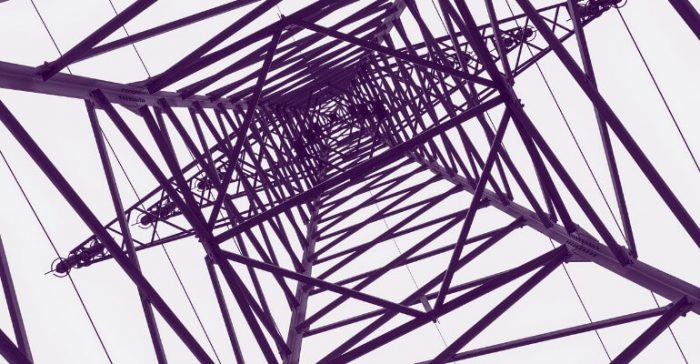Energy efficiency lowers costs in recent PJM capacity auction
ACEEE, June 1, 2016. Image credit: AndreasEOS700D
By Brendon Baatz, Manager, Utilities Policy
The results of this capacity auction are great news for two reasons. First, the result highlights how system planners are utilizing energy efficiency as resource able to provide sustained and predictable energy and reserves. The fact that energy efficiency cleared a substantial amount of megawatts under new requirements called “capacity performance” underscores the confidence of system planners in energy efficiency to reliably meet system load.
Second, energy efficiency reduces costs for the entire PJM footprint. If efficiency had not participated in this auction, the clearing price would have been higher. While the economic value would have varied by resource zone (PJM is broken up into several geographical zones), many zones would have faced higher prices from other forms of generation. While the specific offer prices in the auction are confidential, Exelon (the largest utility company in the country) has publically stated two of its largest nuclear plants did not clear, meaning they are not economically competitive in the PJM marketplace. Given that energy efficiency savings are at the margin, these resources have provided substantial economic savings to millions of customers in the PJM footprint.
Capacity performance and why it’s important
The resources cleared as capacity performance included: approximately 139,000 MW or 89% of traditional generation (including solar and wind), 614 MW or 6% of demand response, and 1058 MW or 70% of energy efficiency. Capacity performance is a new resource designation in the PJM footprint. It is a much more stringent requirement than in previous auctions. Essentially, it requires a resource to be “capable of sustained, predictable operation, and is expected to be available and capable of providing energy and reserves when needed throughout the entire delivery year.” The majority of efficiency resources met this requirement demonstrating efficiency can serve as a reliable system resource in the same way as nuclear, natural gas, or solar generation.
Energy efficiency in prior PJM auctions
Energy efficiency has been participating as a resource in the PJM capacity market since 2009. The chart below shows the total amount of energy efficiency that cleared the last eight auctions. The delivery year is three years from the year of the auction. From delivery year 2012/2013 to 2019/2020, the level of energy efficiency resources clearing the auction has nearly tripled increasing from 568 MW to 1515 MW. These also only include efficiency that has not been reflected in the peak load forecast for the year in question, meaning there are additional savings not included.

Energy efficiency in future capacity markets
The level of energy efficiency to clear the PJM capacity market has increased nearly every year since 2009. This week’s auction emphasizes the critical role energy efficiency will play in the region as natural gas prices continue to reshape the national electric generation fleet. We expect the level of efficiency to clear this market to continue to grow in future auctions further suppressing the market prices for generating capacity in the region. This in turn will reduce system costs for customers for years to come.
